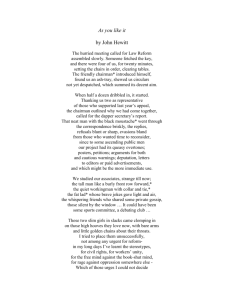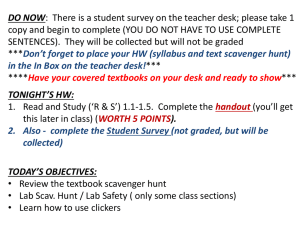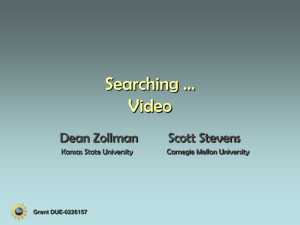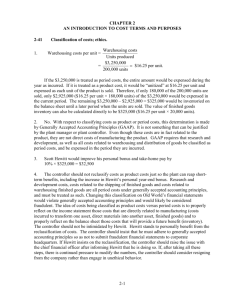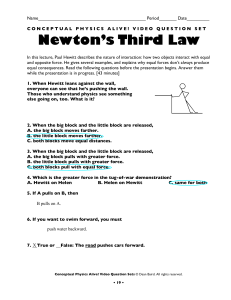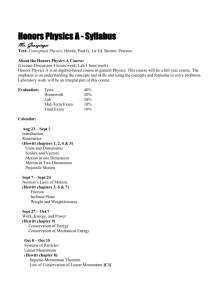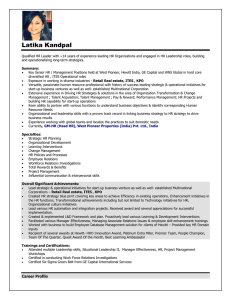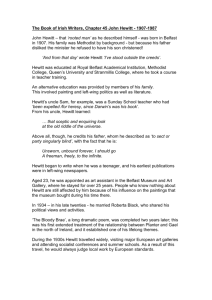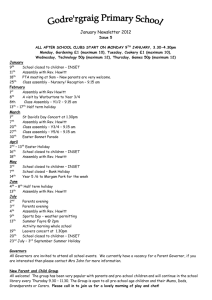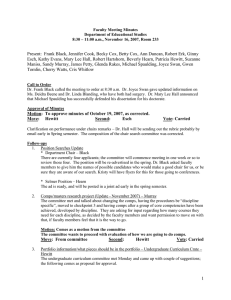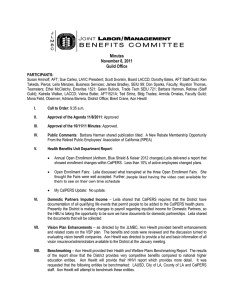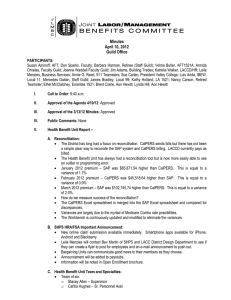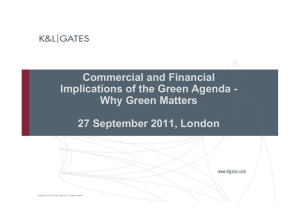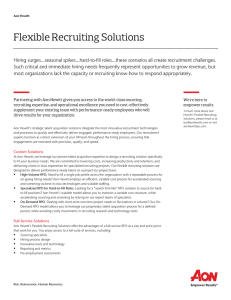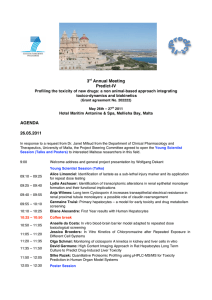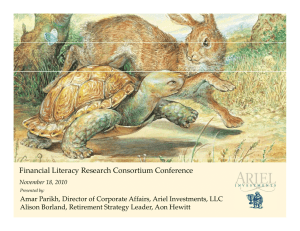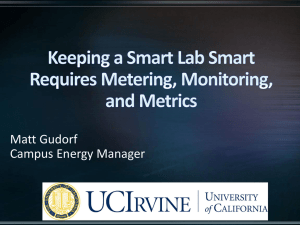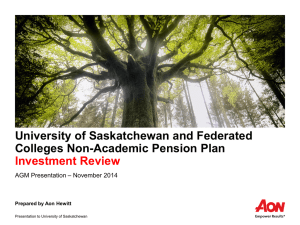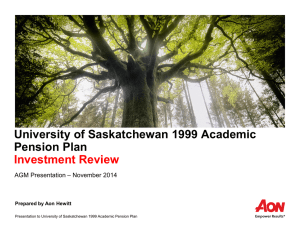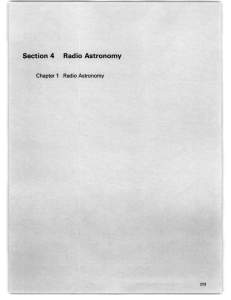Scavenger Hunt
advertisement
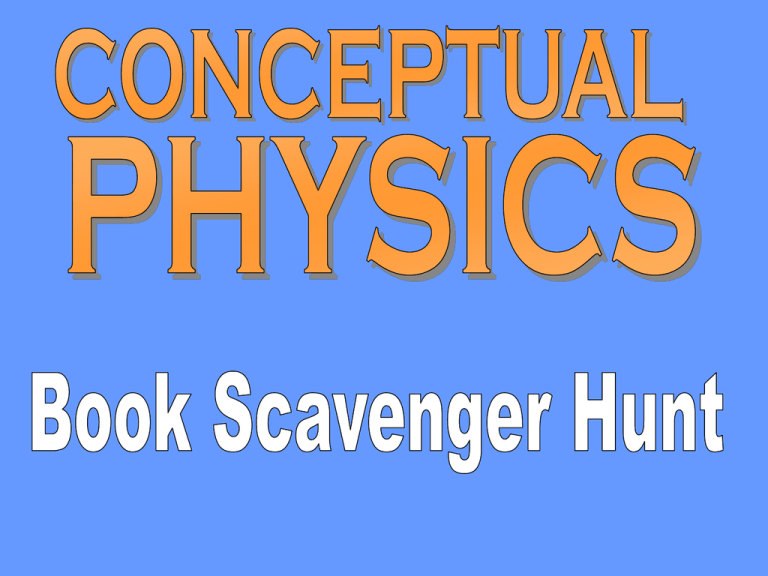
MOST of what you do in this class are things that I, Mrs. Tarman, have created. Do NOT ever skim or skip over words. If I took the time to TYPE it you should take the time to READ it! Each group will get one paper. The questions will be on the screen, write your answers on the paper. There is a shelf that slides out from under the keyboard to either side that you can put your paper on. Take turns writing! All answers should NOT be in the same handwriting! Use the TABLE OF CONTENTS to answer these questions: 1. The book is divided into 6 UNITS. List them. 2. Which UNIT sounds the most interesting to YOU? (list more than one if your group doesn’t agree) 3. Each unit is divided into a few CHAPTERS. Which unit has the most chapters? 4. How many CHAPTERS are in the whole book? Each CHAPTER is broken up into smaller SECTIONS. When I assign “Reading Worksheets”, they refer to the section numbers. 5. If you were doing “Reading Worksheet 8.6 – 8.9”, what pages would you read? 6. If you were doing “Reading Worksheet 32.1 – 32.2”, what pages would you read? Mr. Hewitt, the author of our book is very famous in physics education. I have met him and heard him speak at 3 conventions!! J Read the letter Mr. Hewitt wrote to YOU on page xix. 7. According to Mr Hewitt was is the key to understanding physics? Read “About the Author” on the back of the title page. 8. What was Mr Hewitt’s job before becoming a physicist? 9. At what age did Mr. Hewitt start college? Find the page right after the Table of Contents that says “Concepts Before Computation” The other classes I teach here at York High are considered “Traditional High School Physics”. A big part of those classes is using and solving equations. THIS class is not necessarily easier, it is just a different approach to teaching physics. Look at the picture of the kids on the brick wall. 10. How would you describe Hewitt’s view of Traditional Physics? 11. What are the 3 steps in the Learning Sequence for Conceptual Physics? There are parts in the back of the book that we will use often. In Appendix F there is problem solving practice. 12. If you were assigned CH 11 Problem Solving Practice 1-6, on what page would you look? Use the GLOSSARY in the back of the book to find.. 13. The definition of ELECTROSTATICS 14. In what SECTION (see the number in parenthesis) is the term ENERGY introduced? Use the INDEX in the very back of the book to find…. 15. What pages are about Color? 16. What pages are about Friction? # 17. What is the title of CH 10? 18. How many sections are in CH 10? 19. What do the little blue triangles point to? 20. Which figure in CH 10 shows the Leaning Tower of Pisa? 21. Notice the green squares at the questions are the answers to the questions? Where The BOLD PRINT words will often be our vocabulary words. They are introduced throughout the chapter and listed at the end of the chapter under KEY TERMS 22. How many KEY TERMS are in CH 10 ? The other parts at the end of each chapter that we will use are the Concept Summary and the Review Questions. 23. When might you use the Concept Summary? 24. What kind of hint is given for each question in the “Review Questions”? Make sure all names are on your paper and give it to Mrs Tarman Take the orange chairs back to the desks and hang out QUIETLY until everyone is finished.
